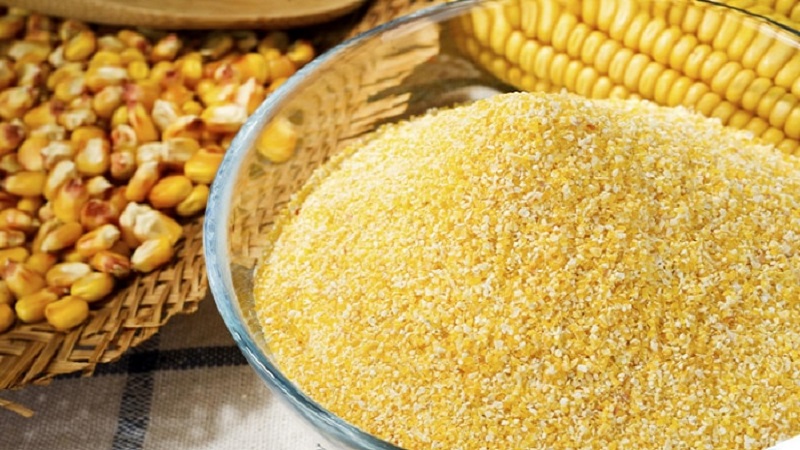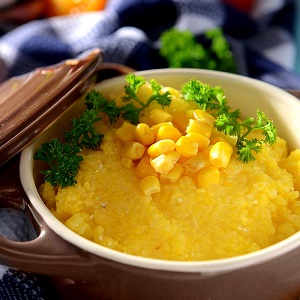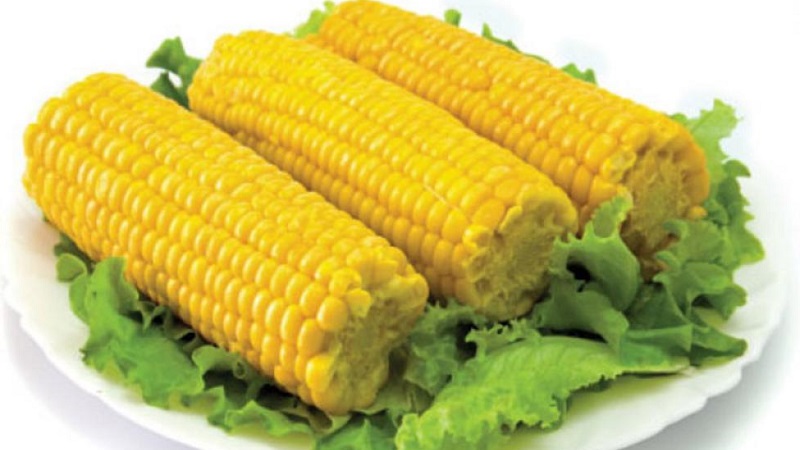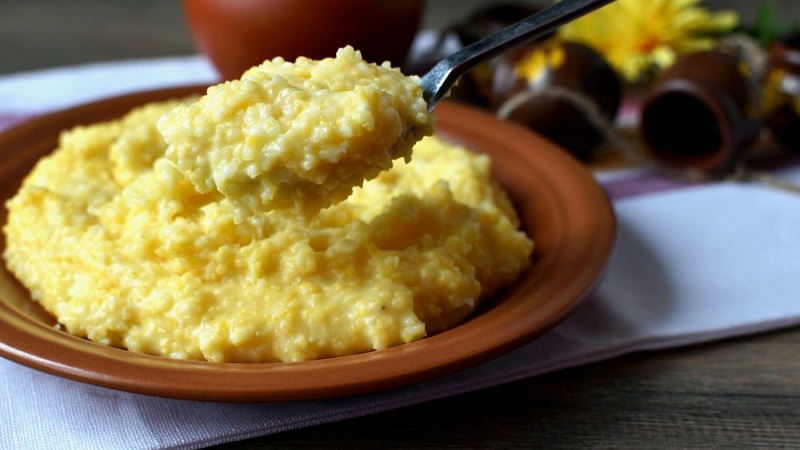Whether or not corn is possible for type 2 diabetes: harm and benefit, consumption rates
The main difference between type 2 diabetes mellitus and type 1 diabetes is the absence of the need for constant administration of insulin. Constantly counting carbohydrates and sticking to your diet can help improve your health. Type 2 diabetes is easier to correct with a well-established nutritional system.
There is a list of permitted foods, which includes fresh vegetables, including corn, fruits, cereals and dairy products. In this article, we will touch on the topic of eating corn for type 2 diabetes, the benefits and harms of the product.
The content of the article
Whether or not corn is possible for type 2 diabetes
The use of corn for non-insulin dependent diabetes mellitus causes frequent controversy among doctors. Yet many agree that the product can be added to the daily diet, but with extreme caution... At the same time, patients are advised to take into account the glycemic index (GI) of the products with which corn will be combined.

Glycemic index
Corn is a high glycemic food due to the large amount of carbohydrates. GI depends on the way the product is processed:
- corn flakes - 85 units;
- boiled ears - 70 units;
- canned grains - 59 units;
- porridge - 42 units.
Reference. The glycemic index is a conditional indicator of the effect of foods containing carbohydrates on fluctuations in blood glucose levels.
Does blood sugar increase
It is scientifically proven that normalized corn consumption contributes to lowering blood glucose levels thanks to fiber. It is the coarse dietary fiber that reduces the glycemic load.
Corn grains contain amylose polysaccharide, which slowly breaks down starch and therefore does not provoke sudden surges in sugar.
It is interesting:
Calorie content of corn and features of its composition
Benefit and harm
 Corn Benefits When Used Properly the human body. This also applies to people with non-insulin dependent diabetes:
Corn Benefits When Used Properly the human body. This also applies to people with non-insulin dependent diabetes:
- Rich in vitamins and minerals, the product helps to improve the functioning of internal organs. The most useful in diabetes are B vitamins, which normalize the functioning of the central nervous system, kidneys and cardiovascular system.
- Corn regulates the digestion process, promotes the outflow of bile, removes cholesterol.
- A decoction of corn stigmas normalizes the amount of glucose.
- Corn porridge contains substances that reduce appetite and help maintain optimal body weight.
- The balanced composition of BJU (proteins, fats and carbohydrates) in corn cobs accelerates metabolism.
As for the harm from eating the product, here attention is focused on the high GI and the risk of developing complications with a sharp jump in glucose.
Important! Doctors advise to completely eliminate corn from the diet for digestive problems and blood clotting disorders.
How to use
Focusing on GI indicators, doctors recommend:
- eat corn porridge;
- occasionally add canned grains to salads;
- completely forget about the existence of corn sticks in powdered sugar and popcorn fried in oil with a lot of salt, caramel and other chemical additives;
- feast on boiled ears no more than once a week;
- add cornmeal to pies, muffins, bread, pancakes, pancakes, puddings.
It can be useful:
How to cook
Try to cook the product according to the rules in order to avoid carbohydrate load:
- Cook corn porridge from finely ground cereals and only in water. Add sunflower or olive oil at the end.
- Steam young ears without oil and salt to preserve the maximum nutrients.
- Season salads with canned corn with low-fat dressings. In order not to put your body at risk from the sugar content in canned food, roll up the grains in jars at home. So you can be sure of the quality of the product.
- Sugar-free cornflakes are ideal for breakfast with milk. They are of little use, but there is no harm as such.
- Homemade popcorn can occasionally be included on the menu. It contains a lot of coarse fiber, which is good for diabetics.

Combination with other products
Combine corn with the right foodsto lower your GI:
- raw vegetables and fruits;
- chicken or turkey meat;
- low-fat dairy and sour-milk products (hard cheese, cottage cheese).
Salads will help diversify the diet with fresh cabbage, celery, carrots, zucchini, cucumbers, tomatoes and herbs. It is preferable to eat poultry meat in boiled and baked form, and porridge or cobs are suitable as a side dish.
It is important to regulate the intake of animal fats into the body... Doctors focus on the need to reduce the level of cholesterol plaques, which lead to blockage of the vascular ducts. Unfortunately, diseases of the cardiovascular system and obesity are loyal companions of type 2 diabetes.
Usage rates
Boiled ears can be consumed in an amount of no more than 200 g and no more than once a week.
Corn porridge can be served as a side dish no more than three spoons per serving (about 150 g).

Useful Tips
In order not to harm the body in pursuit of a balanced diet, doctors advise to soberly assess the state of health, control glucose levels and follow nutritional recommendations.
There is a set of rules for use for each individual product., and corn is no exception:
- Give preference to young ears with grains of milky-wax ripeness.
- Eat corn porridge more often than twice a week. Despite its usefulness, the product can provoke an increase in sugar levels if consumed excessively.
- To understand how your body responds to corn, measure your sugar before and after meals.
- Do not add butter to corn porridge. This increases the GI of the dish.
- Drink corn silk infusion. The tool liquefies bile, promotes its excretion, normalizes the function of the pancreas, promoting insulin synthesis.
Conclusion
Corn on the cob is not a prohibited food for type 2 diabetes. Subject to the rules of preparation, combination with other products and dosed use, the product brings only benefits.
A special substance - amylose - slows down the breakdown of starch and prevents an increase in sugar levels. A decoction of corn silk normalizes the work of the pancreas, and grains can replace the tasty, but dangerous for diabetics, starchy potatoes.